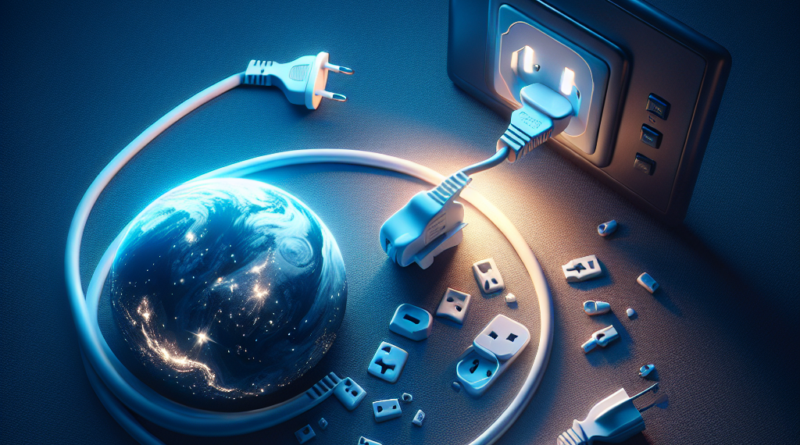“Unplug This Device Every Night to Save Energy: Here’s Why It Matters”
The Impact of Ghost Energy Consumption on Your Electric Bill
In our ever-evolving world, where reliance on electronics and appliances is at an all-time high, it’s easy to overlook the significant impact continuous usage can have on our electricity bills.
Many people are unaware that even when devices are not in operation, some still consume energy, leading to increased costs.
This silent energy use is referred to as “ghost consumption,” and it can be mitigated by a simple act: unplugging devices when not in use.
What is Ghost Consumption?
Ghost consumption refers to the energy that electrical and electronic devices use while plugged into a power source, even when they are turned off or not actively in use.
This phenomenon is more prevalent than many realize, affecting households all around the globe.
According to the Federal Electricity Commission (CFE), a substantial portion of energy consumption in homes comes from these devices that, when on standby, continue to draw electricity.
An International Energy Agency report estimated that the average household uses about 1.6 kilowatt-hours per day from appliances that are turned off but still plugged in.
This unnecessary consumption can inflate electric bills without us even noticing, though fortunately, there are straightforward ways to curb this wastage.
The Main Offender: Your Television
Among the chief culprits of ghost consumption is a device found in nearly every home: the television.
Even when turned off, if left plugged in, it continues to draw power.
According to CFE, a television that remains connected can consume about 8.76 kilowatt-hours per year.
Considering the amount of time we leave our TVs unused, particularly overnight, it’s clear how significantly this ghost consumption can contribute to electricity costs.
Unplugging the television each night may seem insignificant, yet it is an effective strategy for reducing energy consumption and saving money over time.
Many people are reluctant to unplug their TV out of convenience, but doing so is simply an immediate solution to lower expenses.
Which Other Devices to Unplug?
Beyond the television, there are many other devices that should be unplugged when not in use to prevent unnecessary energy consumption.
Here are several devices that contribute to ghost consumption:
- Video game consoles: Devices like PlayStation, Xbox, or Nintendo continue to consume energy even in standby mode.
- Audio equipment: Speakers and other audio devices also require power when plugged in, even if not in use.
- Computers: Leaving desktops and laptops connected can lead to significant ghost consumption, even when turned off or in sleep mode.
- Chargers: Cell phone, tablet, or laptop chargers waste energy when plugged in, even when not charging a device.
- Printers: Printers in standby mode consume energy as well.
- Microwaves: The clock or digital displays on microwaves continue to draw power when not in use.
- Fans and heaters: These appliances can be major energy consumers if left on standby.
- Coffee machines: Many coffee makers have standby functions that draw energy overnight.
- Washing machines and dryers: Keeping these appliances plugged in, even when not used frequently, adds to ghost consumption.
How to Reduce Ghost Consumption
Reducing ghost consumption is not complicated and can lead to significant savings on your electric bill.
The simplest method is to unplug devices when not in use, especially at night or when leaving home.
For those who find it inconvenient to disconnect every single device, there are practical alternatives:
- Power strips with switches: Connecting multiple devices to a single power strip allows you to turn off several devices at once with just one action.
- Power timers: These devices can be programmed to automatically turn appliances on and off, minimizing time spent connected unnecessarily.
- Smart appliances: Investing in devices with advanced energy-saving features can be a long-term solution to reduce ghost consumption.




